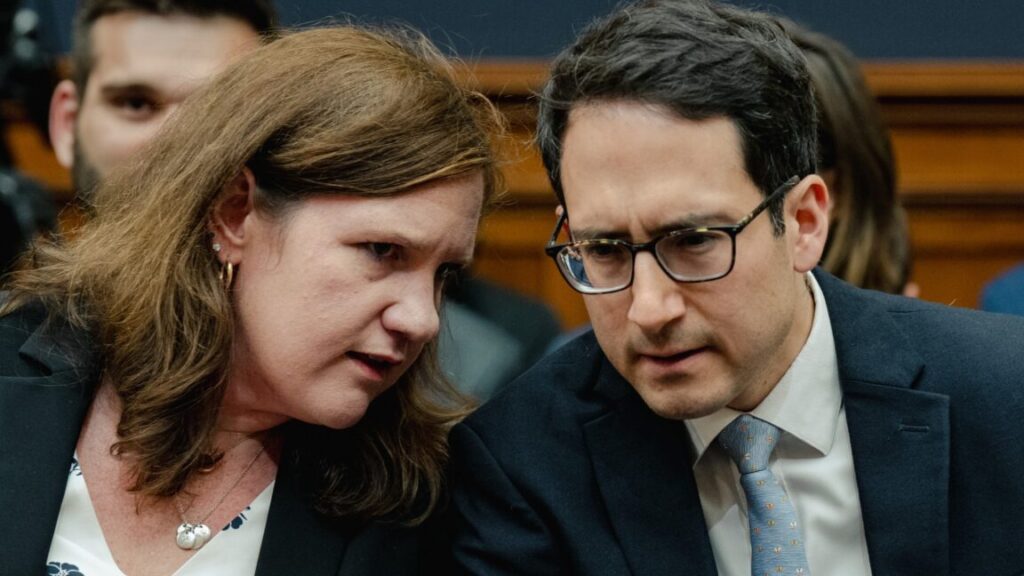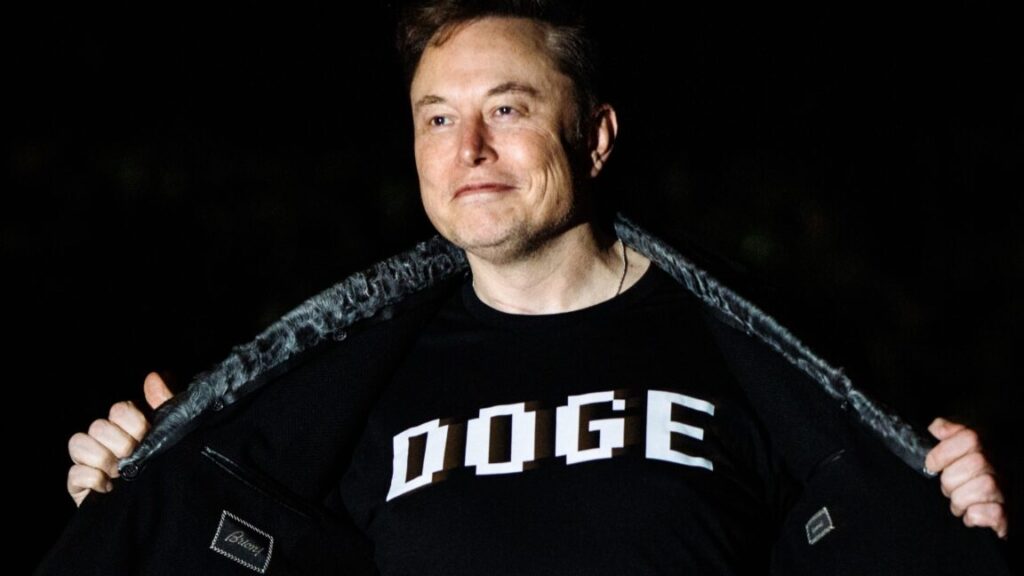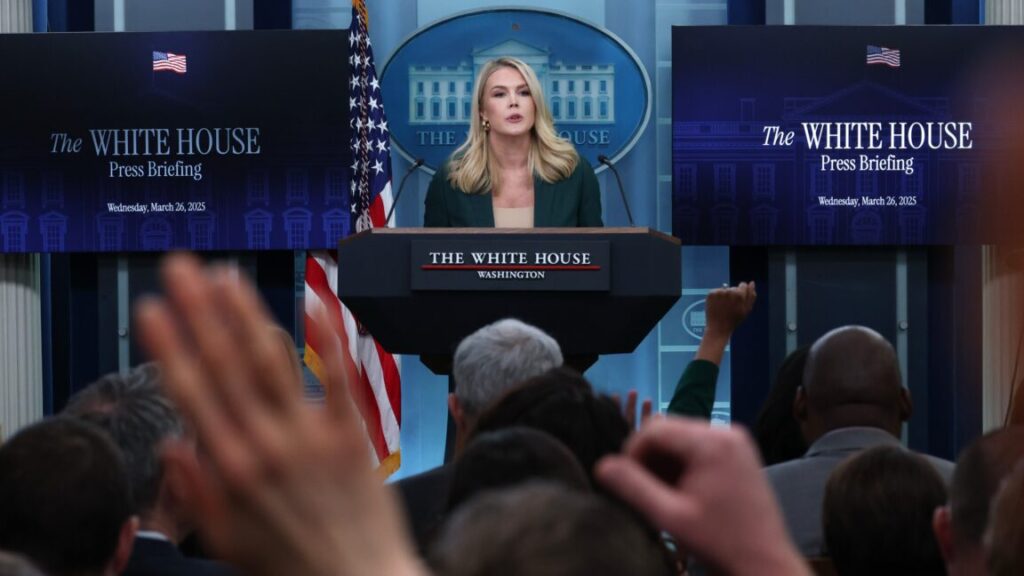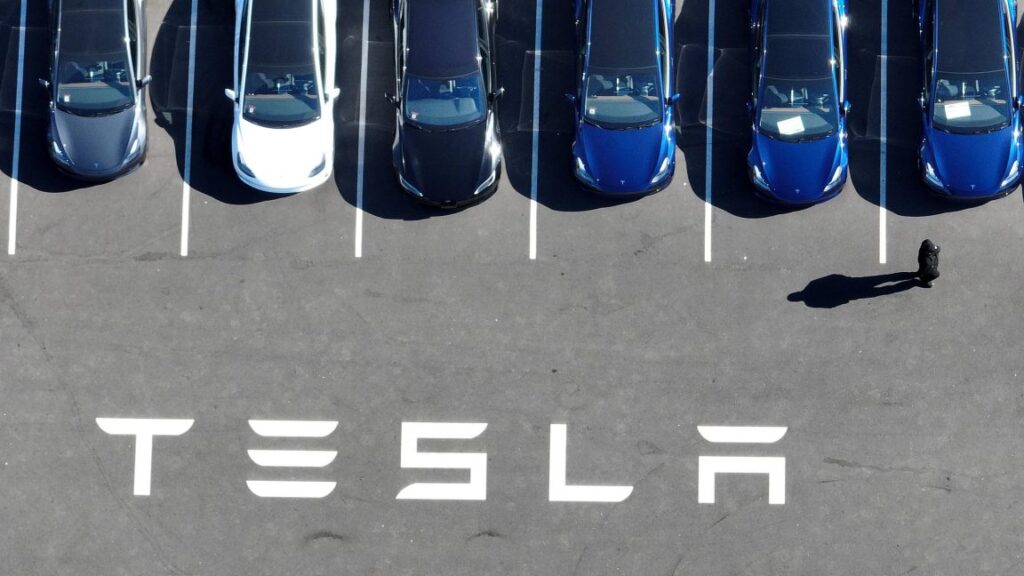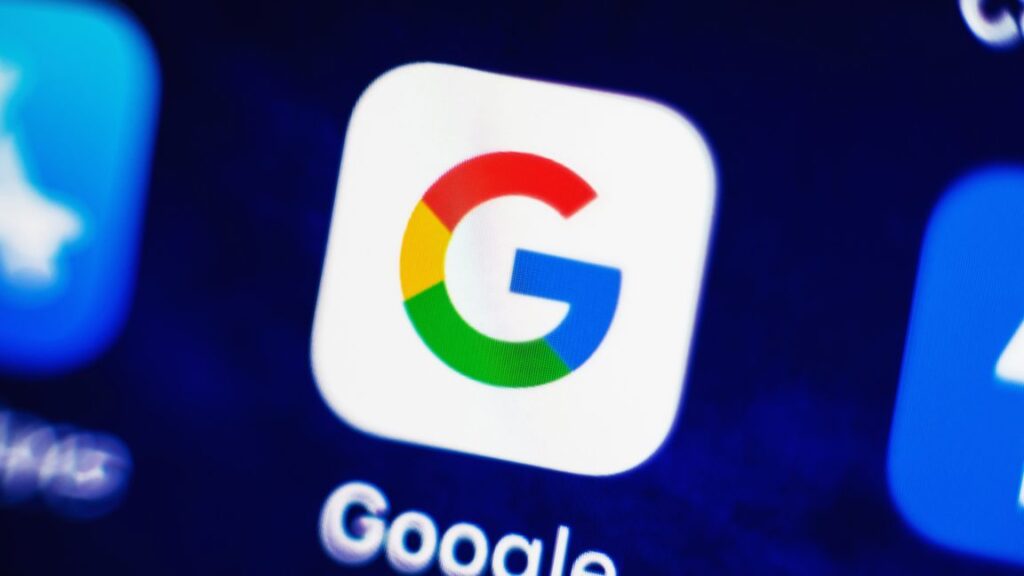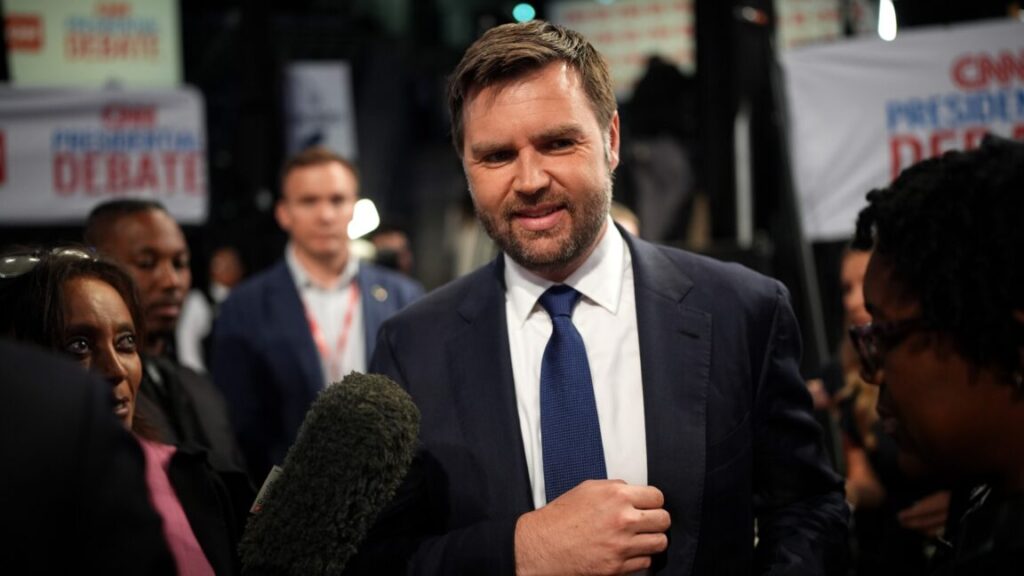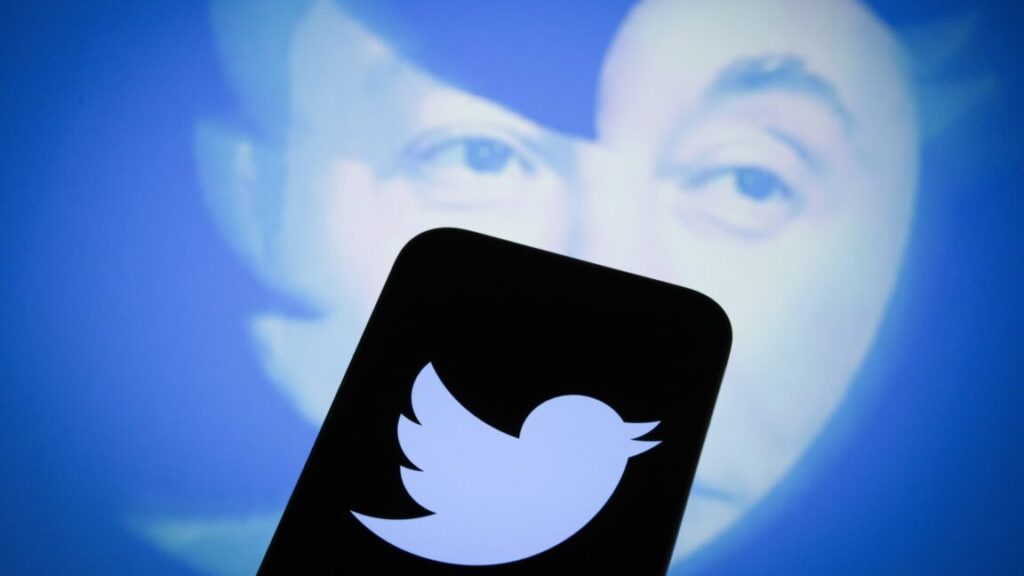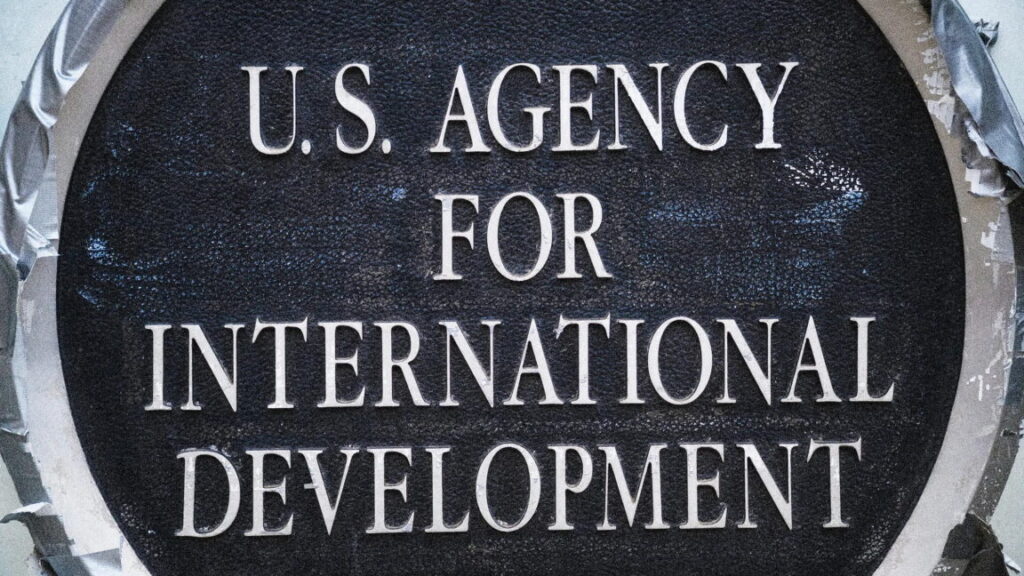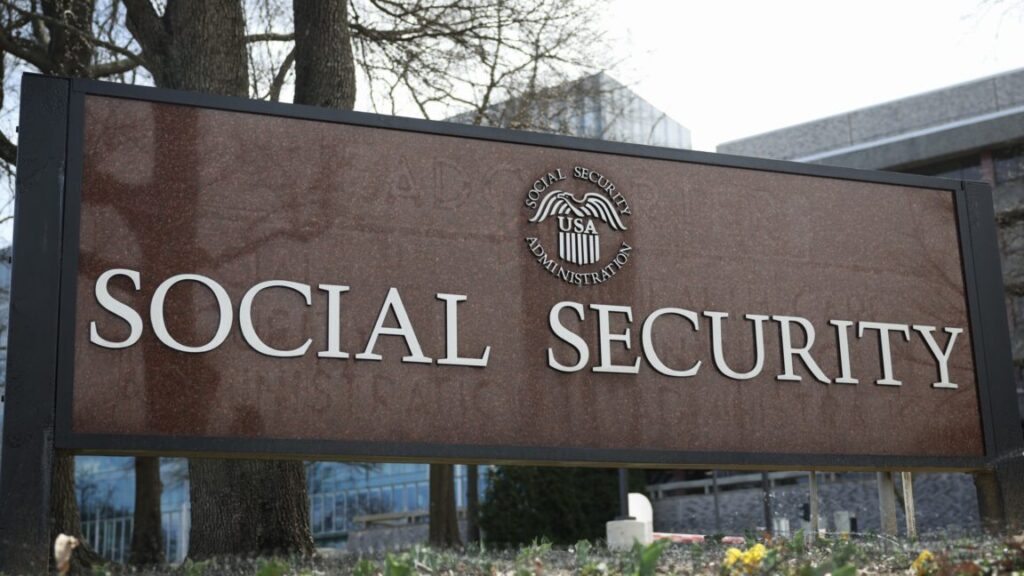Trump can’t fire us, FTC Democrats tell court after being ejected from office
Two Democratic members of the Federal Trade Commission who were fired by President Trump sued him today, saying their removals are “in direct violation of a century of federal law and Supreme Court precedent.”
“Plaintiffs bring this action to vindicate their right to serve the remainder of their respective terms, to defend the integrity of the Commission, and to continue their work for the American people,” said the lawsuit filed by Rebecca Kelly Slaughter and Alvaro Bedoya in US District Court for the District of Columbia.
Trump last week sent Slaughter and Bedoya notices that said, “I am writing to inform you that you have been removed from the Federal Trade Commission, effective immediately.” They were then cut off from their FTC email addresses, asked to return electronic devices, and denied access to their offices.
There are legal restrictions on the president’s authority to remove FTC commissioners. US law says any FTC commissioner “may be removed by the President for inefficiency, neglect of duty, or malfeasance in office.”
The Supreme Court unanimously held in a 1935 case, Humphrey’s Executor v. United States, that “Congress intended to restrict the power of removal to one or more of those causes.” The case involved President Franklin Roosevelt’s firing of Commissioner William Humphrey.
Trump’s Department of Justice has argued the ruling was incorrect, but it is still in effect. “Congress has continually relied on Humphrey’s Executor, and the Supreme Court has repeatedly refused to upset this landmark precedent,” the Slaughter/Bedoya lawsuit said. “As Humphrey’s Executor recognized, providing some protection from removal at the President’s whim is essential to ensuring that agency officials can exercise their own judgment.”
The lawsuit continued:
In short, it is bedrock, binding precedent that a President cannot remove an FTC Commissioner without cause. And yet that is precisely what has happened here: President Trump has purported to terminate Plaintiffs as FTC Commissioners, not because they were inefficient, neglectful of their duties, or engaged in malfeasance, but simply because their “continued service on the FTC is” supposedly “inconsistent with [his] Administration’s priorities.”
“Indefensible under governing law”
In addition to Trump, the lawsuit’s defendants include FTC Chairman Andrew Ferguson, FTC Commissioner Melissa Holyoak, and FTC Executive Director David Robbins. The Democratic commissioners asked the court to “declare the President’s attempted removals unlawful and ineffective,” and “permanently enjoin the FTC Chairman, Commissioner Holyoak, and the FTC Executive Director from taking any action that would prevent Plaintiffs from fulfilling their duties as Commissioners and serving out the remainder of their terms.”
Trump can’t fire us, FTC Democrats tell court after being ejected from office Read More »
